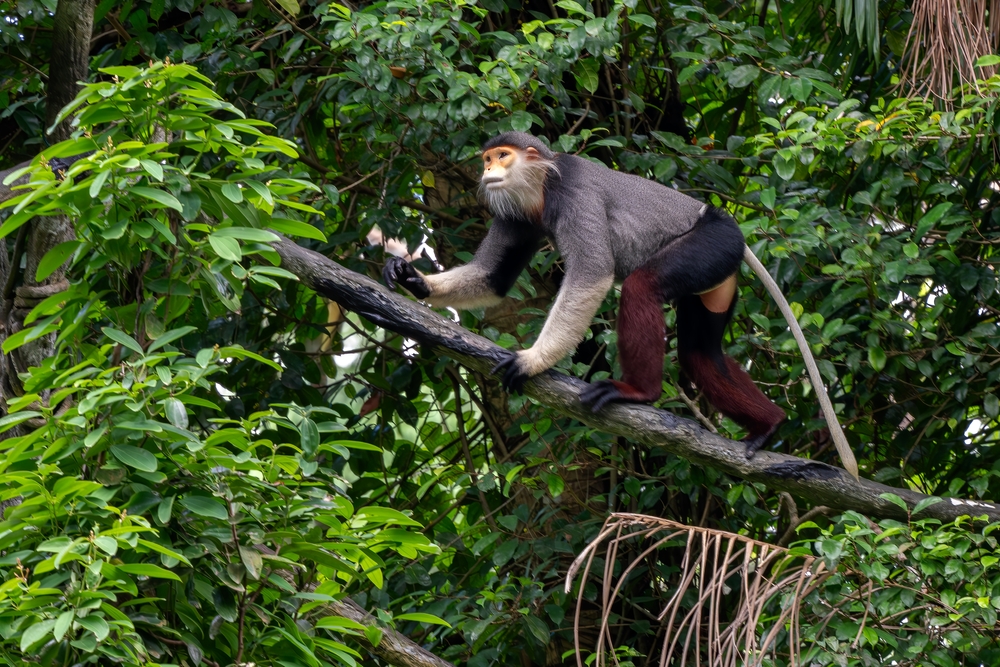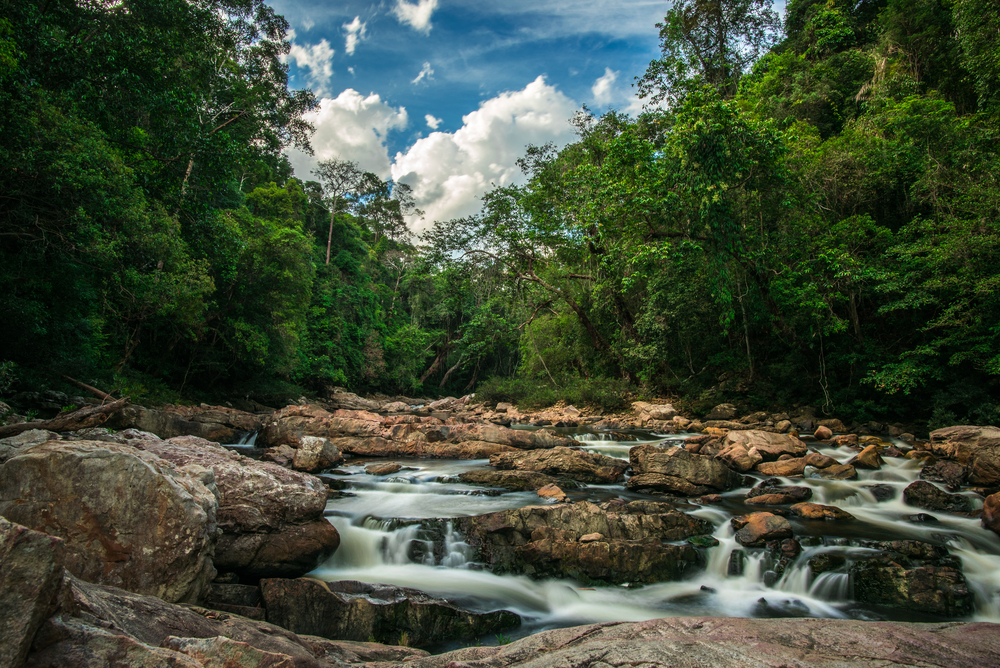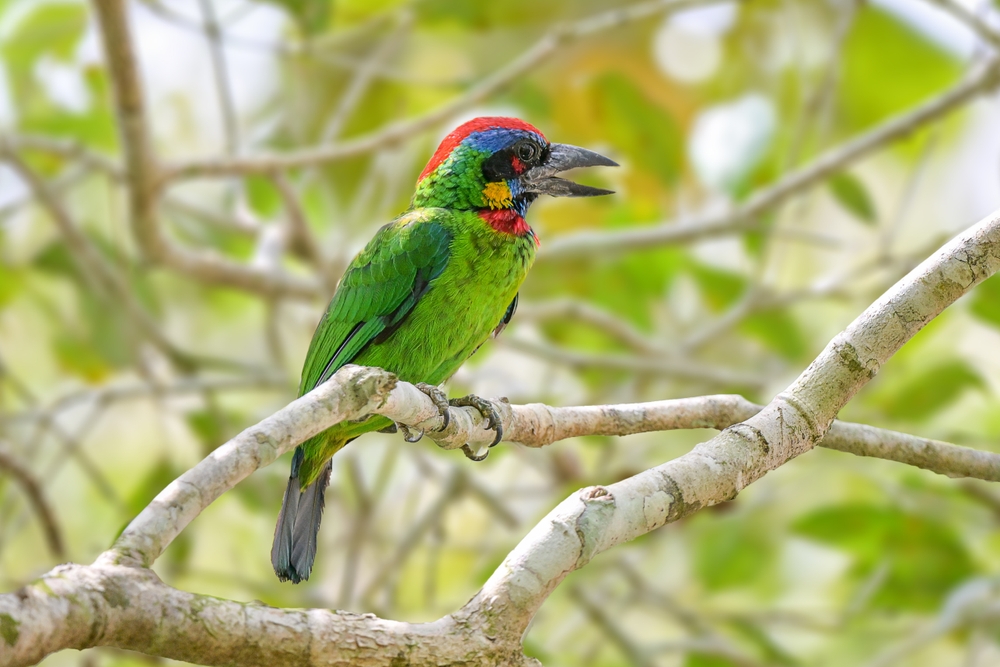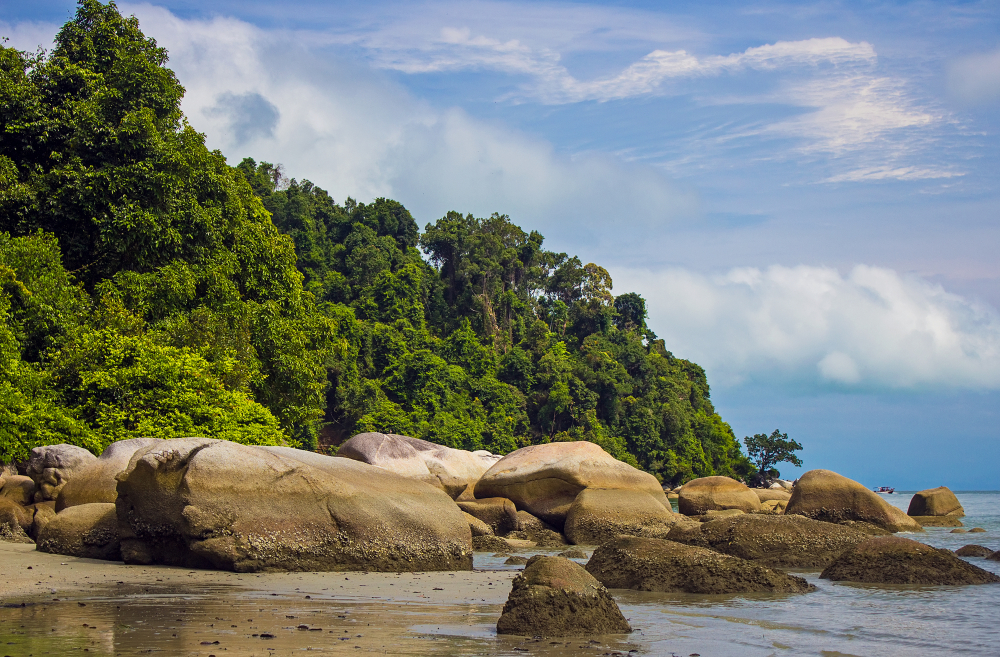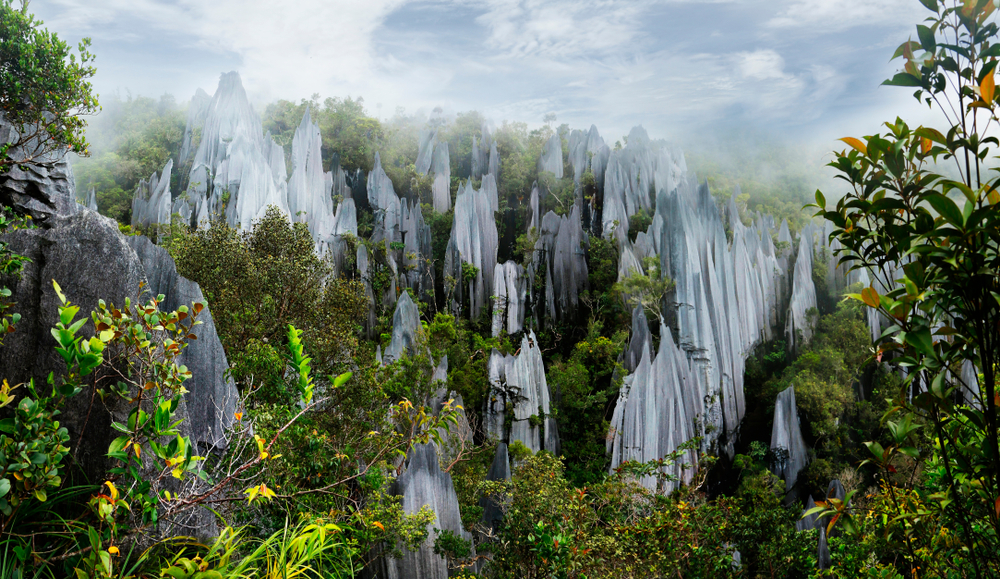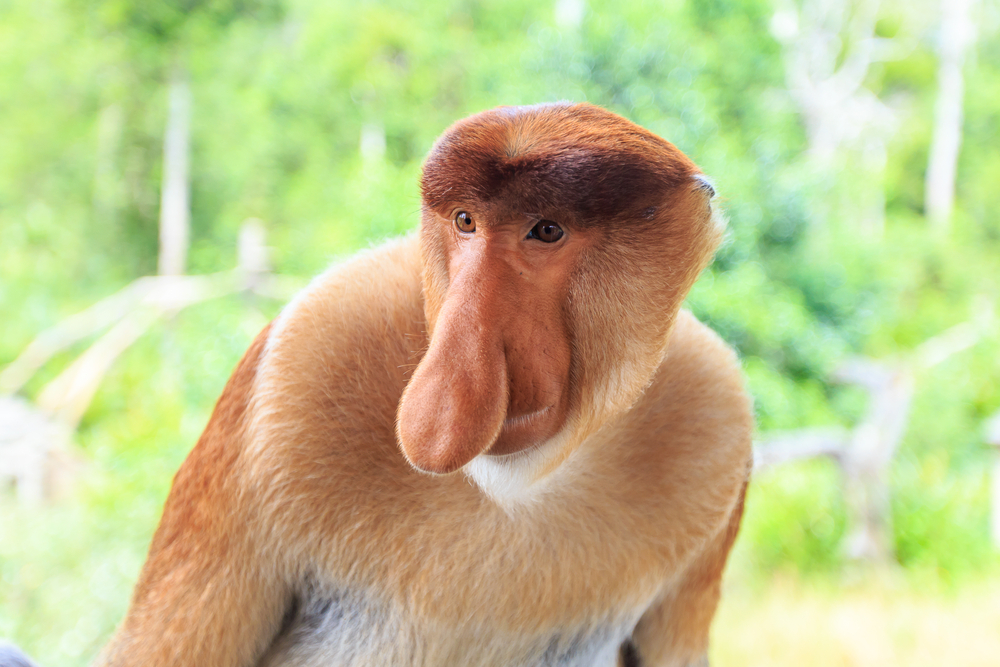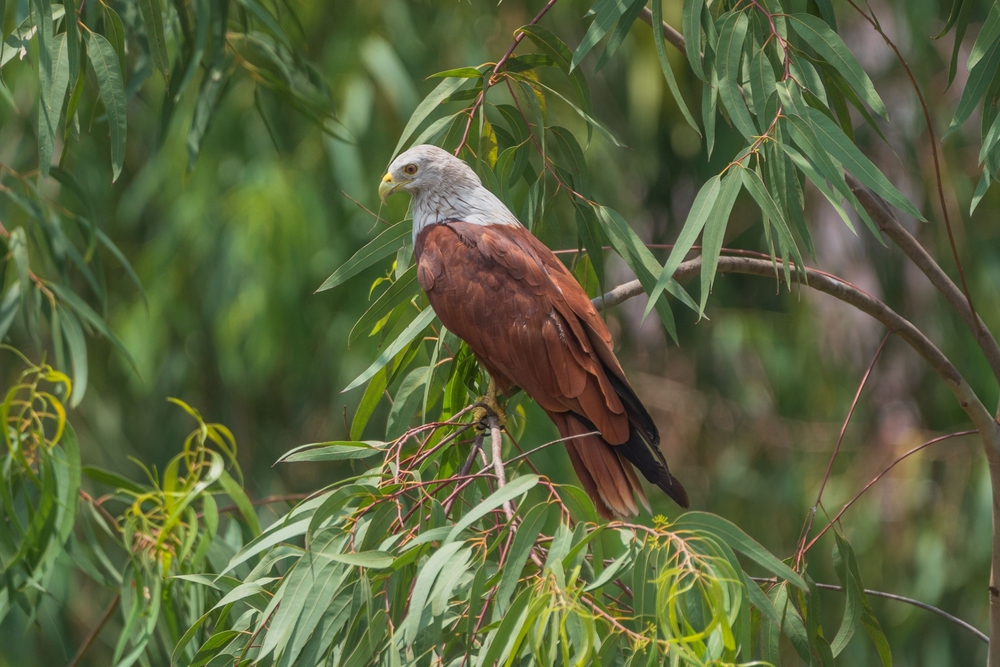Maludam Overview
Maludam National Park, known locally as Taman Negara Maludam, is a protected area situated in the Betong Division of Sarawak, Malaysia. Covering approximately 135 square miles (349 square kilometers), it is renowned as one of the largest peat swamp forests in Sarawak and serves as a vital ecological haven for rare and endemic species. The park’s remote location along the Maludam River contributes to its pristine condition, offering visitors a glimpse into one of Borneo’s most unique ecosystems.
The terrain of Maludam National Park is characterized by dense peat swamp forests, a unique and vital habitat that thrives in waterlogged conditions. These landscapes are defined by towering trees, thick underbrush, and blackwater streams that wind through the park. Notable vegetation includes towering Ramin trees, which are highly sought after for timber, and various species of pandanus and pitcher plants. The acidic peat soil and seasonal flooding create an environment that supports a remarkable array of flora uniquely adapted to these challenging conditions.
Maludam National Park is particularly famous for its wildlife, including some of the world’s rarest primates. The park is home to the endemic and critically endangered Red Banded Langur, a primate species found only within this specific region of Borneo. Additionally, it shelters other notable mammals such as the Bornean Clouded Leopard, Proboscis Monkey, and Bearded Pig. Bird enthusiasts can spot a variety of avian species, including hornbills, kingfishers, and the endangered Storm’s Stork. The park’s diverse ecosystem is also home to a wide range of reptiles, amphibians, and fish, all of which thrive in the peat swamp’s unique conditions.
Among the park’s highlights are its scenic waterways, which offer visitors opportunities to explore the park via boat rides along the Maludam River. These waterways not only provide access to the park’s interior but also allow visitors to experience its stunning beauty up close, including its thriving mangroves and serene blackwater streams. Wildlife spotting and birdwatching are popular activities, with guided tours often organized to maximize the chances of seeing rare species in their natural habitat. Nature photography, jungle trekking, and ecological education programs are other popular ways to engage with the park.
Maludam National Park faces several conservation challenges, including illegal logging, poaching, and the threat of habitat loss due to agricultural expansion and human encroachment. However, concerted efforts by the Sarawak Forestry Corporation and various environmental organizations have led to significant strides in protecting the park’s ecosystems. Conservation successes include strengthened enforcement measures to curb illegal activities, as well as collaborative research initiatives to study and preserve the park’s unique biodiversity. These efforts have not only bolstered the park’s ecological resilience but also heightened awareness of its global importance.








































































